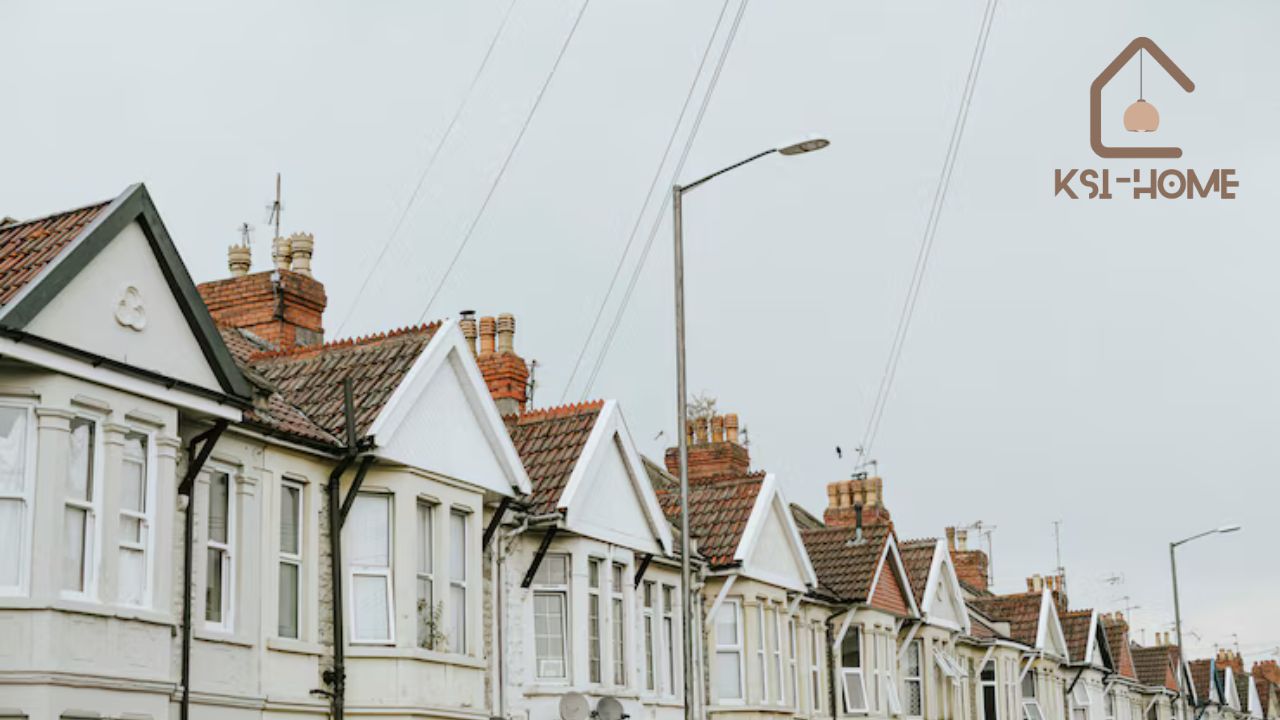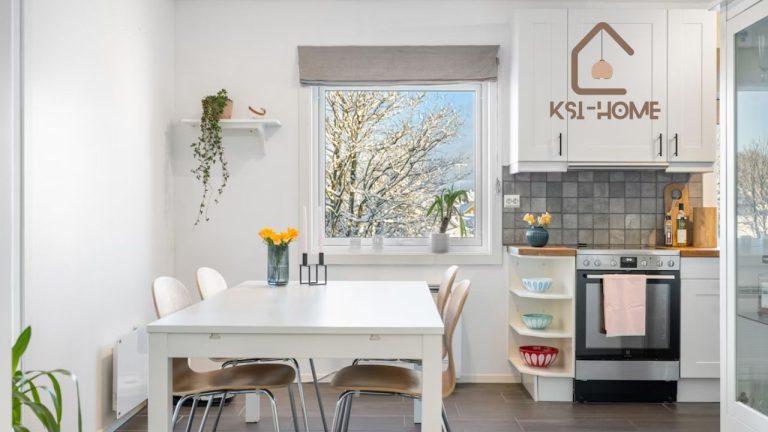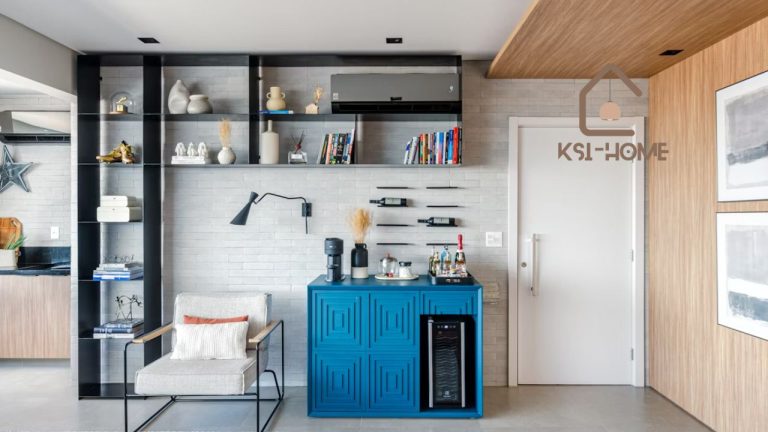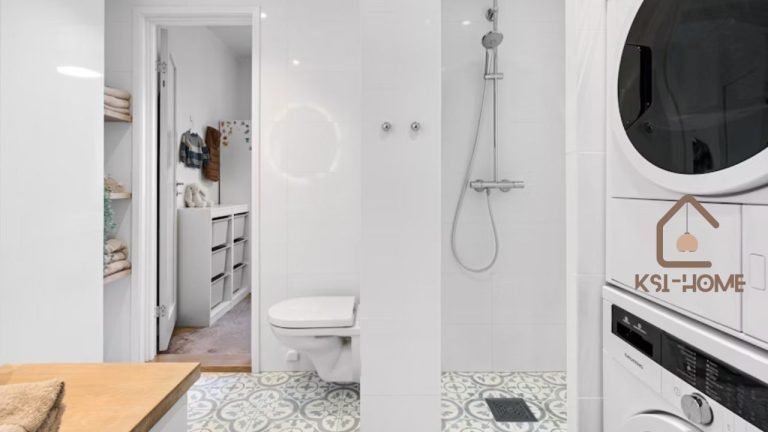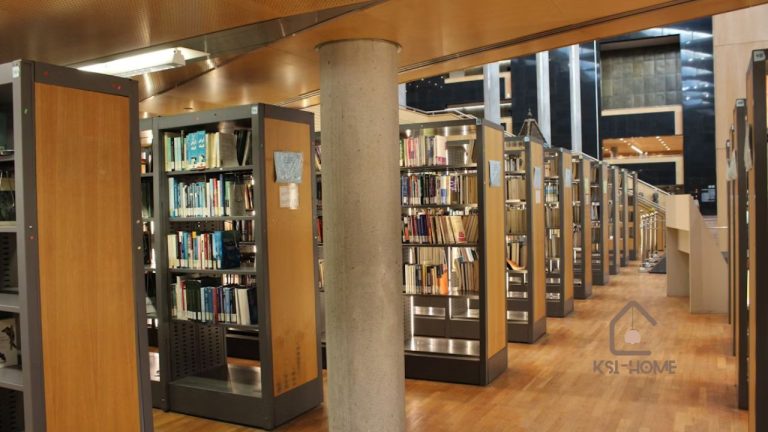When it comes to understanding home dimensions, one popular question often arises: How tall is the average house in the UK? Whether you’re a prospective home buyer, an architect, or just curious about British living spaces, this guide will break down the numbers, provide examples, and answer your questions. Let’s explore the fascinating details behind the UK’s architectural heights.
Quick Summary Table
Here’s a quick breakdown of the average house height in the UK to give you a clear picture from the outset:
| House Type | Average Height (Feet) | Average Height (Meters) | Notes |
|---|---|---|---|
| One-story (Bungalow) | 15 ft | 4.5 m | Includes roof and ceiling space |
| Two-story | 25 ft | 7.5 m | Roughly 10 ft per floor plus roof pitch |
| Three-story | 35 ft | 10.6 m | Often townhouses or city structures |
| Detached Luxury Homes | 40 ft or more | 12 m or more | Custom designs add height variations |
What Defines the Height of a House?

Before we jump into the specifics, it’s essential to know what counts when measuring a house’s height. This includes:
- Ceiling Heights: Most UK homes have ceiling heights of about 8 to 9 feet (2.4 to 2.7 meters). Older homes might have higher ceilings, often up to 10 feet.
- Floor Thickness: Each floor adds roughly 1 foot (0.3 meters) due to insulation and materials between levels.
- Roof Pitch and Design: Slanted roofs can add varying heights depending on the angle and style.
How Tall is the Average House in the UK?
On average, a UK house typically ranges between 20 feet and 30 feet tall for a two-story design. One-story bungalows and ranch-style homes are shorter, at around 15 feet, while three-story or townhouse-style homes can reach 35 feet or more.
Real-Life Examples of UK House Heights
These numbers aren’t just figures on paper. Here are real-life observations to give you some context:
- Modern Developments: Newly built homes, often designed for functionality and affordability, tend to have standard two-story heights, sticking to the 25-foot range.
- Older Victorian Homes: Victorian-era houses, known for their elegant tall windows and high ceilings, might stand slightly taller than average.
- Townhouses and Urban Settings: Popular in cities like London, three-story townhouses or mews homes proudly reach 35 feet, making efficient use of smaller plots of land.
Why Does House Height Matter?

Height can significantly impact how a house feels, functions, and even how it’s valued on the market. Taller homes often:
- Evoke a sense of spaciousness.
- Allow for more natural light through taller windows.
- Provide more storage or living space when floors are added.
However, taller ceilings can increase energy costs for heating during winter months. This is often noted in user reviews of older, taller homes vs. energy-efficient new builds.
User Reviews and Ratings on Home Heights
Some homeowners have shared their insights on forums and review platforms:
- A homeowner in Yorkshire commented: “Our two-story house with 8-foot ceilings is perfect. Any taller and it would feel too cold during winter.”
- A bungalow owner in Devon said: “We downsized to a one-story home at 15 feet tall, and it’s so cozy and easy to heat!”
- London townhouse resident left a review stating, “Our three-story home feels spacious, but the stairs can be a workout!”
Ratings suggest a general preference for ceiling heights between 8–9 feet, providing practicality without excessive heat loss.
Factors that Influence House Height
Regional Housing Trends
House height also varies regionally across the UK:
- Urban Settings: Cities like Manchester and Birmingham feature narrow, tall buildings to maximize limited space.
- Countryside: Rural areas offer sprawling one-story layouts with lower height ranges.
Zoning and Construction Guidelines
UK building regulations also influence house dimensions. Limits on height can be imposed in areas near airports or heritage sites, affecting design choices.
FAQs About House Heights in the UK
1. How tall is the average house in the UK from floor to roof?
The average two-story UK house measures around 25 feet (7.5 meters) from the ground to the peak of the roof.
2. Is there a difference between modern and older homes?
Yes, older homes, especially those from the Georgian or Victorian periods, tend to have taller ceilings (up to 10 feet), making them slightly taller on average.
3. Are bungalow houses shorter than two-story homes?
Absolutely. Bungalows are typically only 15 feet (4.5 meters) tall, as they lack upper floors.
4. Can I extend the height of my house?
Yes, very often, but it requires planning permission. Factors like sunlight for neighbors and local development restrictions may limit changes.
5. How does the height relate to property prices?
Homes with higher ceilings or additional floors are often valued more due to their spacious feel and added functionality.
Final Thoughts
If you’ve always wondered, how tall is the average house UK?, now you have a clear picture. The average two-story home stands at 25 feet, with one-story bungalows and three-story townhouses offering variations. While height impacts aesthetics, usability, and comfort, every home type has its own unique appeal. Whether you prefer the cozy feel of a low bungalow or the grandeur of a tall Victorian house, there’s something for everyone.
Admin Recommendation
Laying the Foundation for DIY Home Improvement Success
Bedroom Sets at Badcock: Stylish, Affordable & Perfect for You!
GHF Hardwood Flooring Company | Installation, Refinishing & Sanding in Chicago

